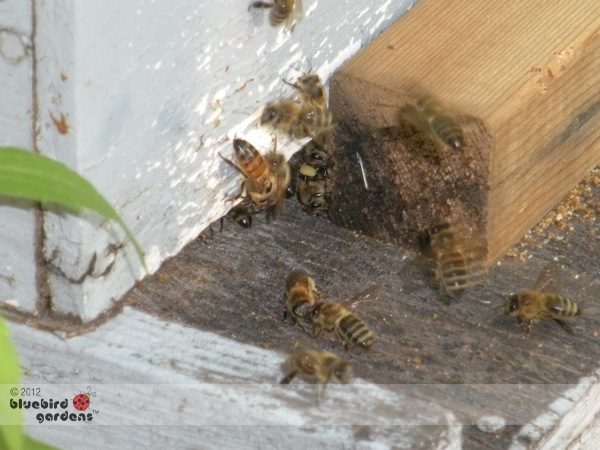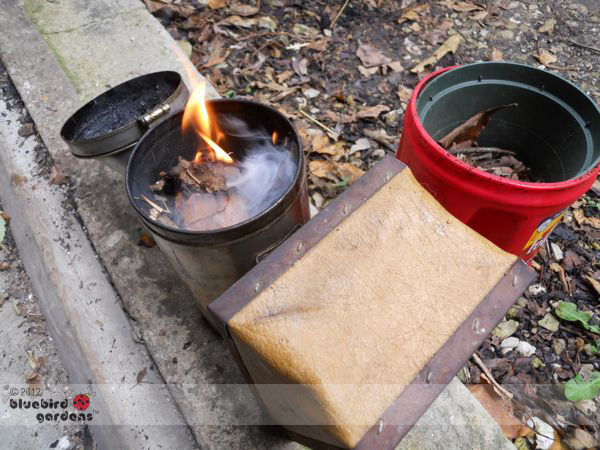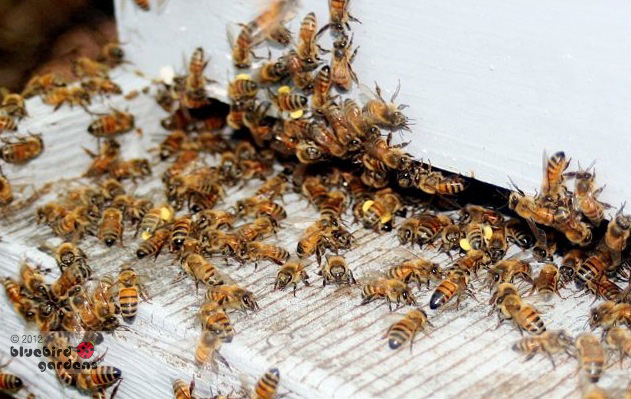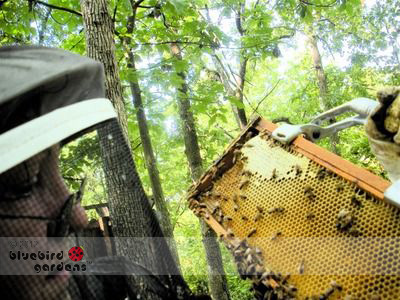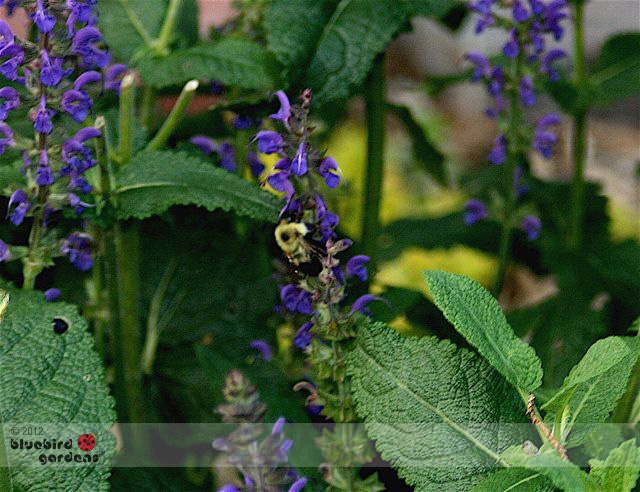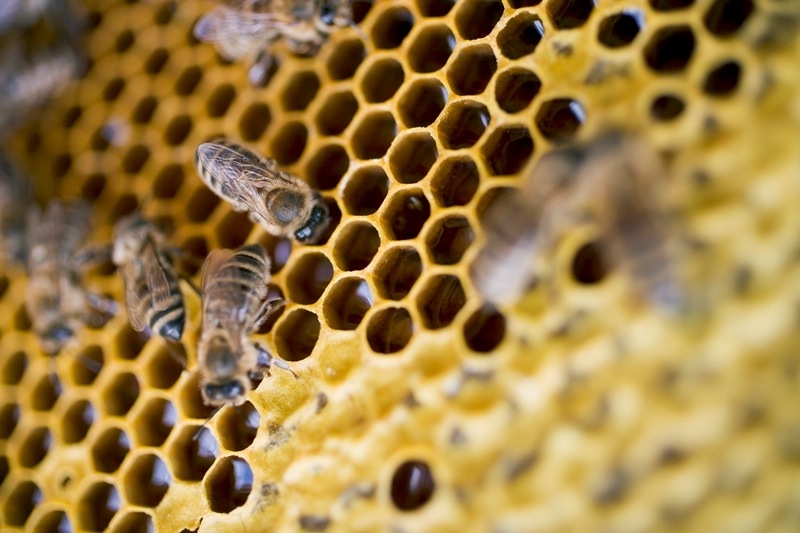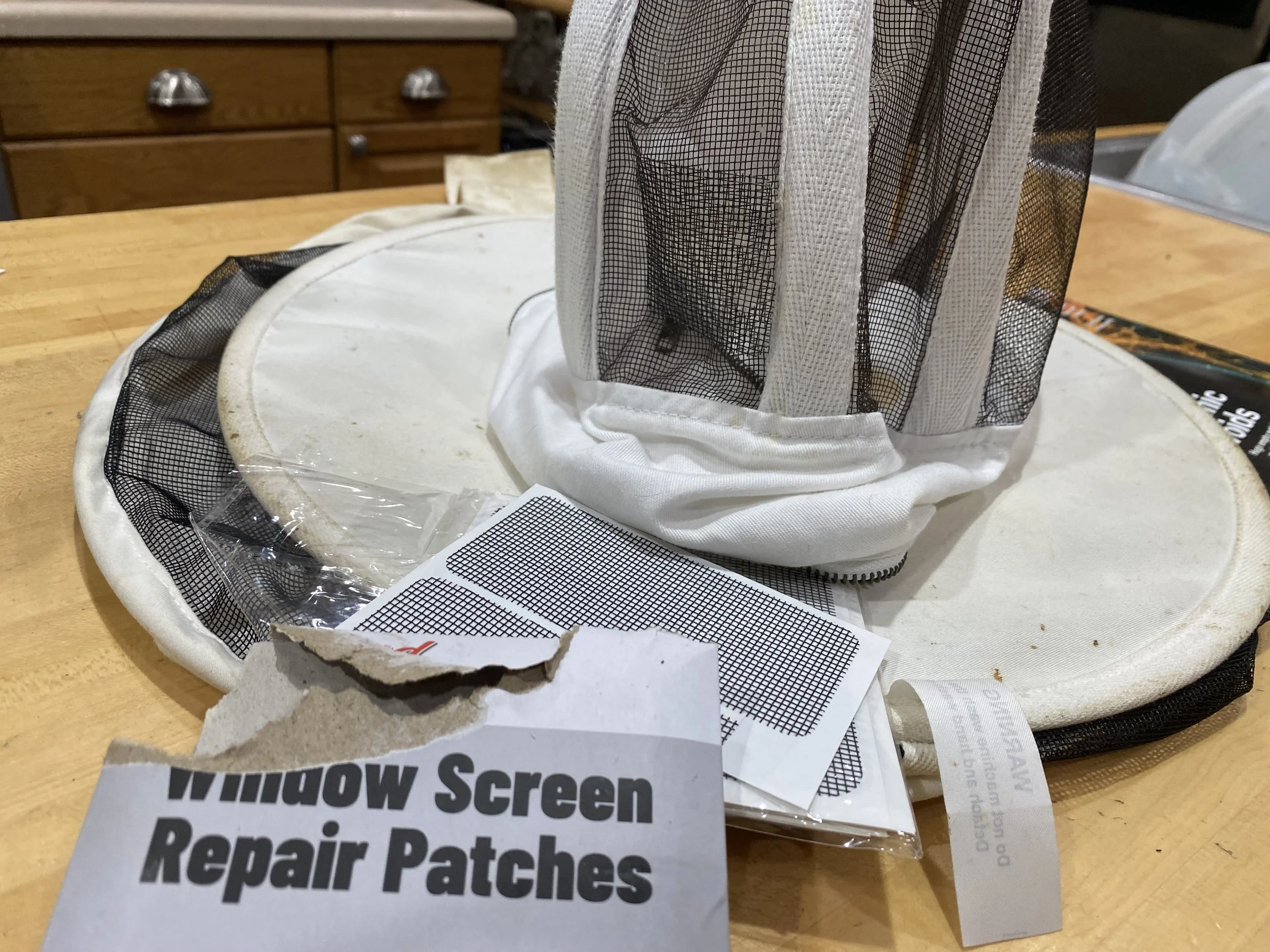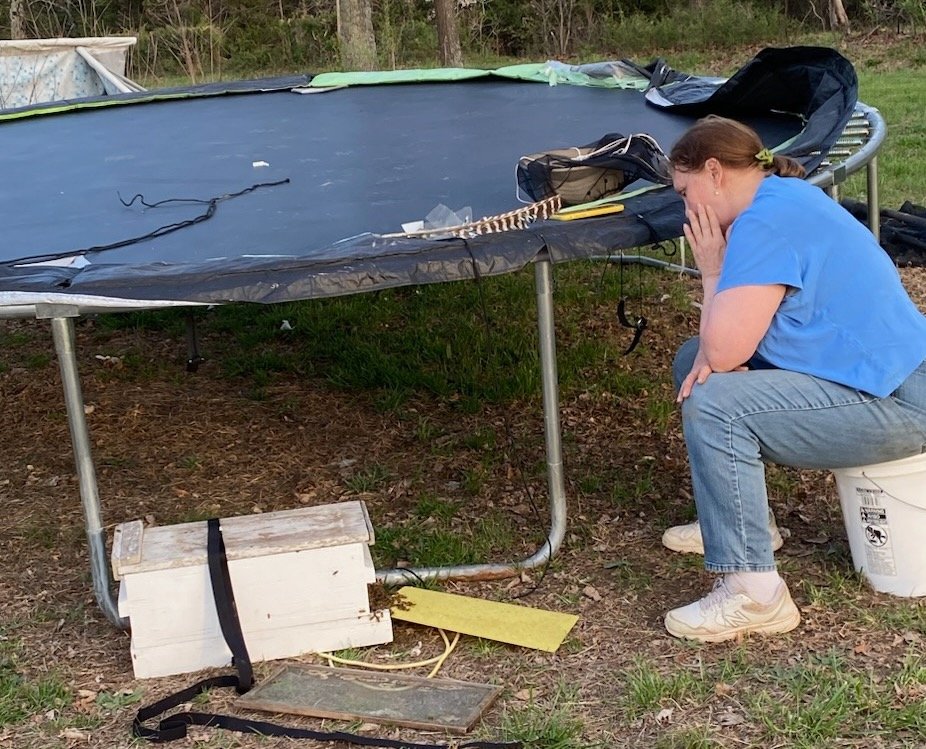Favorite Bee Flowers
/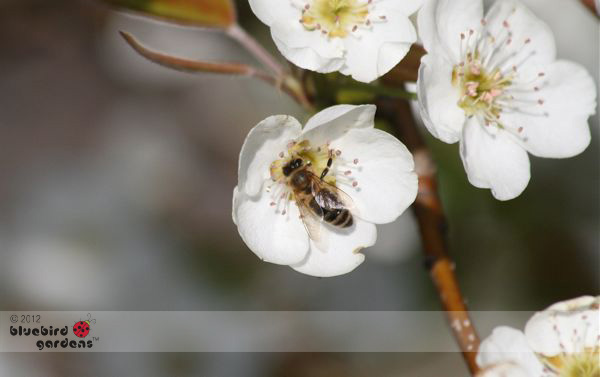
A honey bee visits 50 to 100 flowers during a collection trip. A bee travels an average of 1,600 round trips in order to produce one ounce of honey; up to 6 miles per trip. I'm exhausted just thinking about all that traveling! To keep my bees happy, I continue to add plants to my garden that offer them pollen sources throughout the year.


